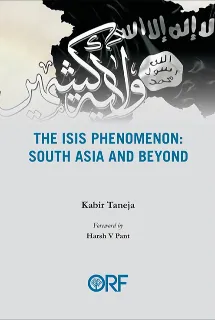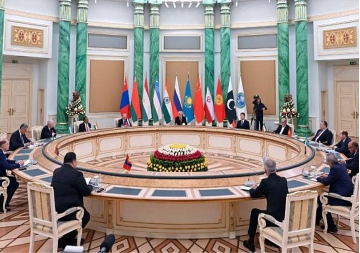The Islamic State of Iraq and Syria (ISIS), also known as Daesh and ISIL, has changed our understanding of terrorism and the ideologies that enable it to flourish. From the successful establishment of a proto-state in the Middle East, to the transnational reach of its propaganda to recruit disillusioned individuals with jihadist leanings—the ascent of the ISIS, though disturbing, has been unique. Today, even as the group no longer holds sweeping control over parts of Iraq and Syria, the ISIS ideology continues to survive. This monograph studies ISIS—its origins, modus operandi, and its influence in India and South Asia.
The views expressed above belong to the author(s). ORF research and analyses now available on Telegram! Click here to access our curated content — blogs, longforms and interviews.

 PDF Download
PDF Download



 PREV
PREV


